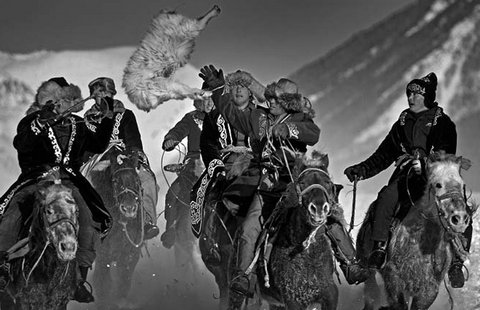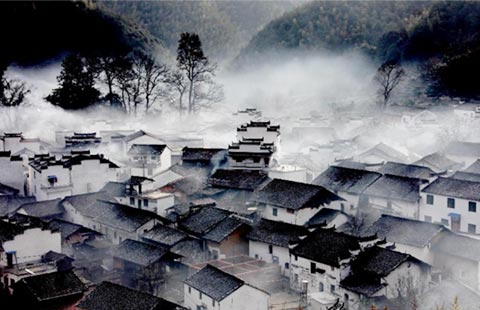Swiss time in beijing
By Wang Kaihao ( China Daily ) Updated: 2015-05-08 07:46:36The number of watchmakers in Switzerland remains low, but Torres considers it crucial to pass down the techniques. Ten years ago the company had only three watchmakers and apprentices, but now they have 34 professionals.
"The more we grow, the more we have to protect the traditions. It's not a question of size. It's a question of responsibility," he adds. "It's not an exhibition of Vacheron Constantin, but an explaination of how the watchmaking industry started. I understand it's difficult for a museum to be linked to a company, but this time it's about a history represented by a brand."
Although the company wants to maintain a low-profile, this ongoing exhibition reveals the luxury brand's closer relationship with China, especially when Vacheron Constantin has a long connection with China: It made its Chinese market debut in 1845.
Torres emphasizes they will not directly put Chinese elements into their design some limited number of anniversary or Chinese celebration editions were made.
Nevertheless, their involvement with China has gone beyond that.
"Chinese artists are very knowledgeable in aesthetics," Torres says. There are some Chinese designers trained in Geneva, he says. "For example, philosophy is not part of Swiss design, but in China it is. Their different dimensions of thinking will help us."
And, Richemont Group, to which Vacheron Constantin belongs, has established its school in Beijing and Shanghai to train more local expertise in China.
"We have thousands of pieces (of watches) to fix in China every year, so we need stronger watchmakers here."
|
|
|
|
|
|






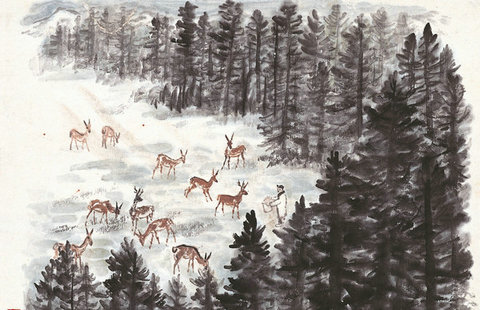


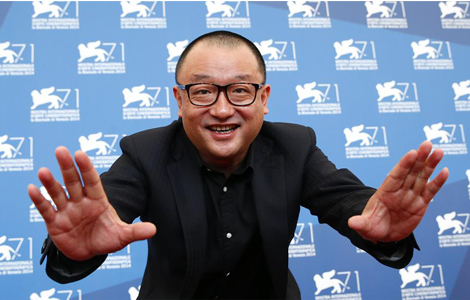









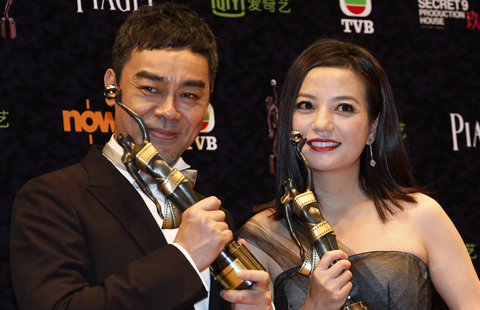

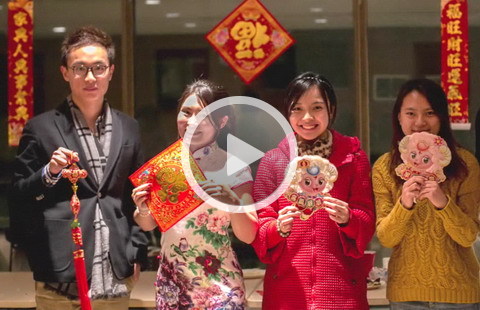
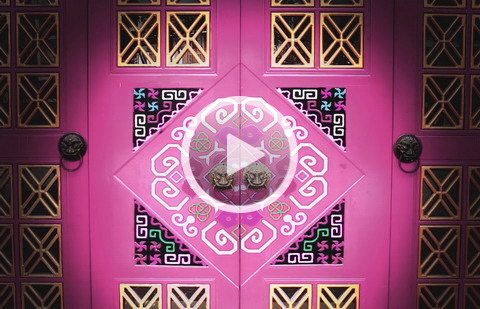
 Raymond Zhou:
Raymond Zhou: Pauline D Loh:
Pauline D Loh: Hot Pot
Hot Pot Eco China
Eco China China Dream
China Dream China Face
China Face




